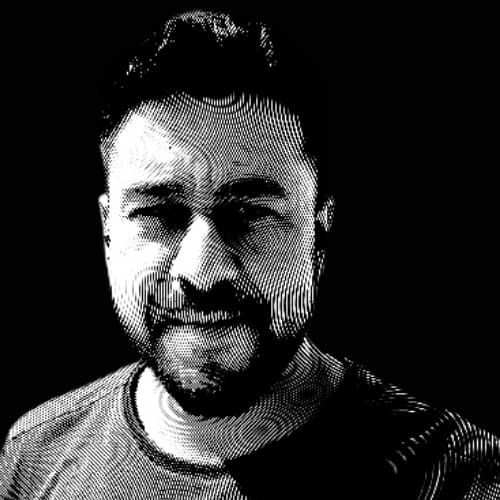During a consultation with a senior doctor at Fortis, my parents were advised to undergo a comprehensive cardiac profile. This included an echocardiogram (Echo), electrocardiogram (ECG), chest and abdomen sonography, and a chest X-ray. The recommendation was not born out of any immediate concern but rather as a proactive measure to assess their overall health. Senior citizens in India, like my parents, often grapple with conditions such as high blood pressure, diabetes, or high cholesterol—or a combination of these. These ailments are so prevalent that they have almost become synonymous with aging in the country. A cardiac profile, in such cases, serves as a window into the body’s internal workings, offering clarity on the state of one’s health and helping to identify potential risks before they escalate.
The cardiac profile is a marvel of modern medical technology. An echocardiogram, for instance, uses ultrasound waves to create detailed images of the heart, allowing doctors to evaluate its structure and function. An ECG, on the other hand, records the electrical activity of the heart, revealing irregularities in rhythm or signs of past heart attacks. Chest and abdomen sonography provides a broader view, examining organs like the liver, kidneys, and spleen for any abnormalities. A chest X-ray complements these tests by offering a visual of the lungs and heart, highlighting issues such as fluid accumulation or enlarged heart chambers. Together, these tests form a comprehensive picture of cardiovascular and overall health, enabling early detection and intervention.
For senior citizens, such a profile is particularly valuable. Conditions like hypertension and diabetes often develop silently, without obvious symptoms, until they cause significant damage. High cholesterol, too, can quietly clog arteries, increasing the risk of heart attacks or strokes. A cardiac profile helps uncover these hidden threats, providing actionable insights. In my parents’ case, the tests revealed minor issues that could be managed with lifestyle changes and medication. The peace of mind that comes from knowing their health status was invaluable. It also underscored the importance of regular health check-ups, especially as one ages.
These tests, though routine, represent the pinnacle of medical advancement. They allow us to peer inside the human body with remarkable precision, diagnosing problems that would have gone unnoticed a few decades ago. For senior citizens, who are often at higher risk for chronic conditions, such scans are not just diagnostic tools but preventive measures. They empower individuals to take control of their health, armed with knowledge about their bodies. In a country like India, where lifestyle diseases are rampant, such proactive healthcare is not just beneficial—it’s essential.
